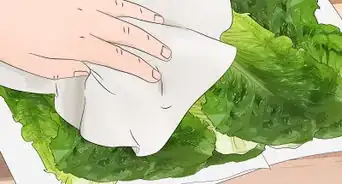This article was co-authored by Sarena Nelson. Sarena Nelson is a Private Chef and the Founder of Chef Sarena, based in Palm Springs, California. With over 10 years of experience, she specializes in customized menus for private events, has worked in 5-star restaurants, and has helped small restaurants redesign their menus. She earned her degree from Le Cordon Bleu School of Culinary Arts in Pasadena, California.
There are 11 references cited in this article, which can be found at the bottom of the page.
This article has been viewed 69,766 times.
Making sure food isn’t undercooked isn’t just about getting the right flavors out of your meal. Undercooked meats, poultry, eggs, and even some vegetables can contain potentially dangerous bacteria like e.coli and salmonella that can lead to illness and food poisoning. By checking the temperature of your food and learning to recognize when it is fully cooked, you can ensure that your cooking is not only tasty, but also safe to eat!
Steps
Learning the Basics
-
1Check that the food is cooked to 160 °F (71 °C) with a food thermometer. The single most reliable way of knowing if your food is undercooked is by checking the temperature. All meat, poultry, eggs, and vegetables should be cooked so that the densest part of the food is 160 °F (71 °C).[1] Fish should be cooked to 145 °F (63 °C).[2]
-
2Avoid relying solely on appearance. Different foods can be cooked to 160 °F (71 °C) and look completely different, so appearance is not a very reliable testing mechanism. For example, two burger patties made with two different brands of ground beef can look very different; one might still be pink at 160 °F (71 °C), while another might be completely brown.[3]Advertisement
-
3Memorize which foods pose greater risks. Some foods can be eaten raw, whereas others pose a great risk if they are undercooked. Meat, poultry, fish, eggs, and other animal byproducts should always be cooked thoroughly to prevent from food poisoning. Most vegetables can be eaten raw or cooked, though certain vegetables, like broccoli, cauliflower, bok choy, alfalfa sprouts, and potatoes, should not be eaten raw.[4]
-
4Cook frozen food for longer. If you’re cooking something that was frozen, a good rule of thumb is to cook it about one and a half times as long as you would have cooked it if it were defrosted. If you don’t want to cook frozen food, make sure your food is fully defrosted before cooking.[5]
Recognizing Undercooked Meat, Poultry, and Eggs
-
1Cut into your meat and poultry to see if it’s cooked. This is especially crucial if you are still learning how to identify uncooked food and do not have a food thermometer on hand. Cut through the thickest part of the food to check for color. Chicken should be white, meat should no longer be dark red, and fish should be opaque.[6]
- If you don’t want to “damage” the food by cutting into it, invest in a kitchen thermometer!
-
2Master the finger test for fully cooked steaks. With enough practice, you can determine if a steak is cooked just by touching it. First, touch your ring finger and thumb together. With your other hand, use your pointer finger to touch the meat of your thumb to feel its firmness. Then touch the steak and confirm the firmness is the same. If it is, then it’s ready![7]
- Use a glove so you don’t burn your finger when you touch the steak.
- When you’re doing the touch test for the first time, make sure you use a kitchen thermometer or cut into the steak to confirm you’re right!
-
3Grill chicken until the juices run clear. Chicken, which is pink while raw, becomes fully white when cooked, and the juices turn clear as a result. If you’re cooking chicken and the juices are still pink, that’s a good indicator that your chicken isn’t ready yet.[8]
-
4Look to see if your food has shrunk. All meat and poultry should shrink to varying degrees when they are cooked. If your food is the same size as it was when you put it on the grill, pan, or oven, then it is not fully cooked.[9]
- When cooking eggs, not only should they have shrunk, but both the yolk and the white should be firm.
-
5Hard-boil eggs on low heat for 15 minutes. Soft-boiled eggs have runny yolk which can be unsafe to eat. Use an egg thermometer to make sure your eggs are completely hard-boiled, or test them by spinning them! If the egg spins without wobbling, it is hard-boiled, and safe to eat.[10]
- If your hard-boiled eggs have a greenish tint to the yolk, don’t worry! That’s a natural process and the egg should still be safe to eat.
Identifying Cooked Veggies and Baked Goods
-
1Taste your vegetables. Unlike meat and poultry, you aren’t in danger of getting sick if you taste test your vegetables. A taste test not only helps gauge how cooked your food is, but also if it needs more seasoning! If your vegetables taste like grass, then there’s a good chance they’re not fully cooked.[11]
-
2Inspect bread for visual clues. Fully-cooked breads should have a dry, firm crust and be golden brown in color. Don’t worry if your bread has darker spots, but do leave it to bake for longer if the crust seems pale. Follow all baking instructions carefully.[12]
-
3Check for undercooked cakes with a tester. Use a toothpick or fork to check if your cake is ready by inserting your toothpick or fork into the center of the cake. Your cake is ready if your tester comes out with no batter streaks.[13]
Expert Interview

Thanks for reading our article! If you'd like to learn more about checking if food is cooked, check out our in-depth interview with Sarena Nelson.
References
- ↑ https://www.fsis.usda.gov/wps/portal/fsis/topics/food-safety-education/get-answers/food-safety-fact-sheets/meat-preparation/color-of-cooked-ground-beef-as-it-relates-to-doneness/ct_index
- ↑ https://lifehacker.com/the-easiest-way-to-tell-if-your-fish-is-properly-cooked-1717813021
- ↑ https://www.fsis.usda.gov/wps/portal/fsis/topics/food-safety-education/get-answers/food-safety-fact-sheets/meat-preparation/color-of-cooked-ground-beef-as-it-relates-to-doneness/ct_index
- ↑ http://www.thehealthyhomeeconomist.com/think-raw-veggies-are-best-think-again/
- ↑ https://www.fsis.usda.gov/wps/portal/fsis/topics/food-safety-education/get-answers/food-safety-fact-sheets/safe-food-handling/freezing-and-food-safety/CT_Index
- ↑ https://spoonuniversity.com/how-to/how-to-tell-if-chicken-is-cooked-fully-through
- ↑ http://www.simplyrecipes.com/recipes/the_finger_test_to_check_the_doneness_of_meat/
- ↑ http://www.medic8.com/healthguide/food-poisoning/beef-food-poisoning.html
- ↑ https://spoonuniversity.com/how-to/how-to-tell-if-chicken-is-cooked-fully-through
- ↑ http://www.nestle-family.com/nutrition-for-all/english/truths-about-cooking-eggs_415939.aspx
- ↑ http://www.epicurious.com/expert-advice/how-to-cook-green-beans-perfectly-article
- ↑ http://www.thekitchn.com/fresh-baked-how-to-tell-when-b-106715
- ↑ https://www.thekitchn.com/5-ways-to-tell-when-your-cake-is-done-98927


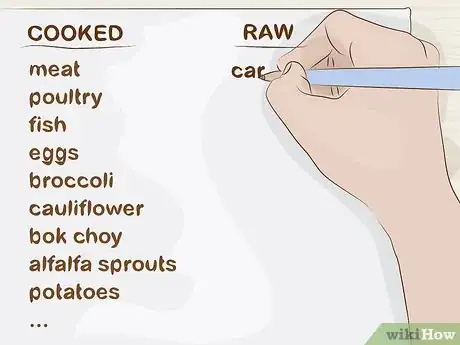
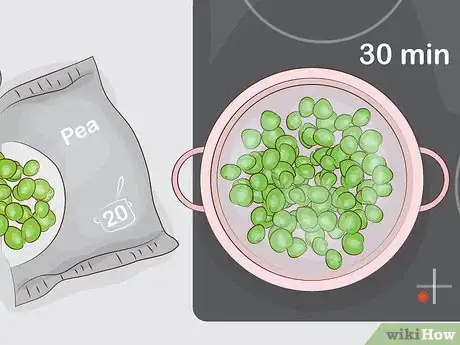

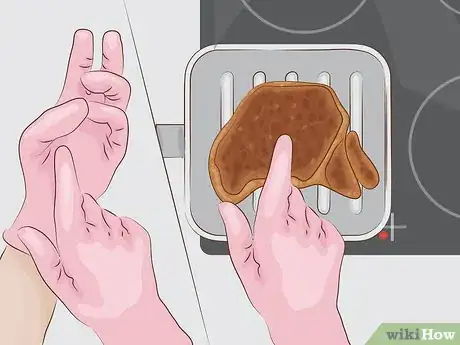
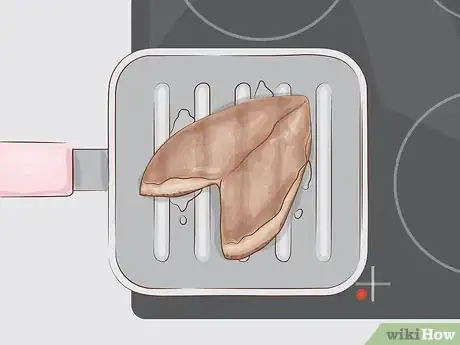
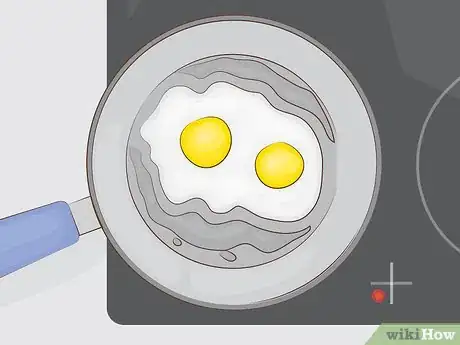

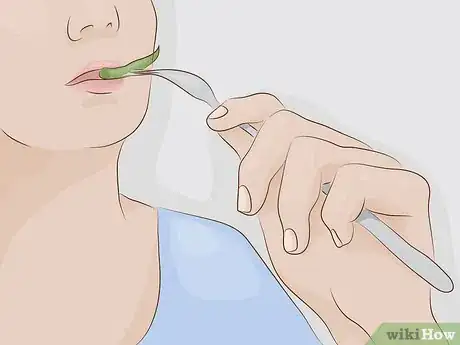

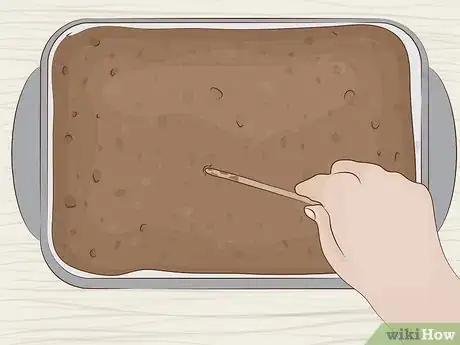


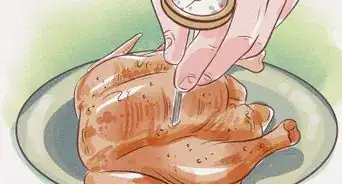
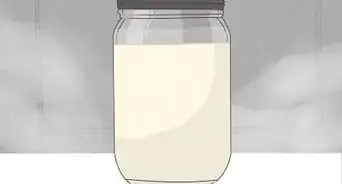
-Step-11.webp)

